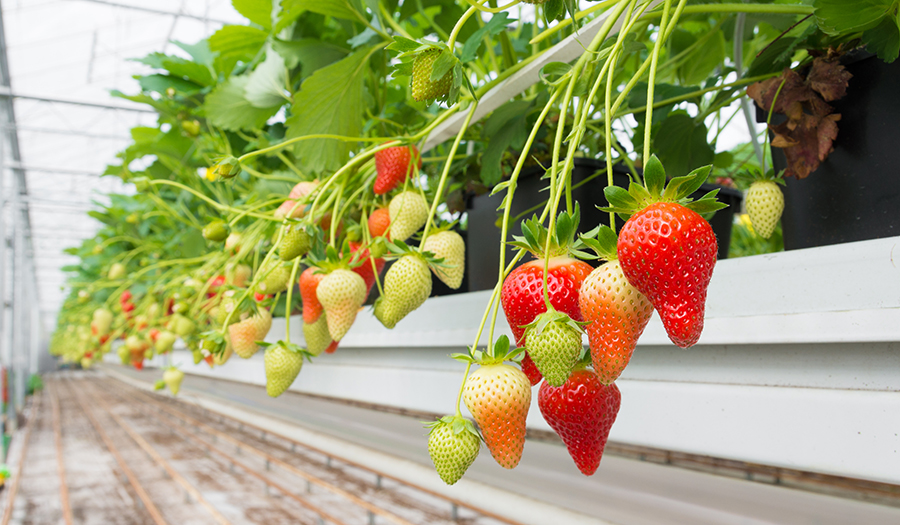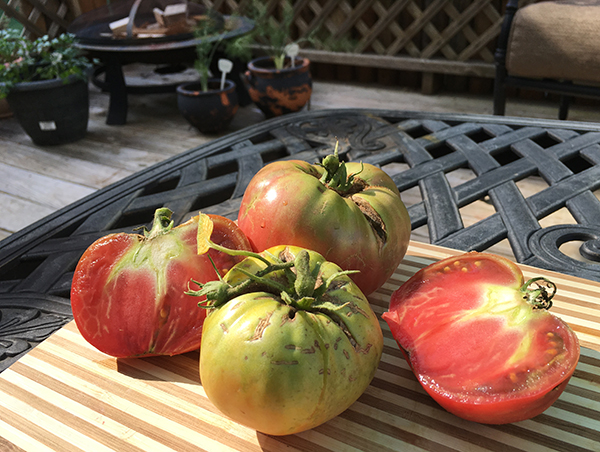Our desire for pretty produce is slowly starving our neighbors, not to mention that it’s driving up the price of our own food. It doesn’t have to be this way.
I came across this article in The Guardian that made me pause in my tracks. It’s long, so I’ve pulled some of the highlights to share.
We Waste Up to 75% of Fresh Produce
The article explains that close to 25% – 50% of fresh produce skips our plates because of unrealistic cosmetic standards. A curved cucumber. Rounded, rather than tapered, grape clusters. A lopsided apple. This nutritious food is left to rot in fields, fed to livestock, or taken to landfills.
“By one government tally, about 60 million tons of produce worth about $160 billion is wasted by retailers and consumers every year.”
That’s just one side of the coin. Another 25% of produce never makes it onto delivery trucks. That 25% includes scarred vegetables rotting in warehouses or left in fields to reduce labor costs.
With up to 75% of nourishing produce consider too ugly to sell, only 25% of edible produce makes it to our market shelves. No wonder prices are constantly rising!
We aren’t facing a food shortage. We’re facing a first world crisis of aesthetic buyers and eaters.
Aesthetics Contribute to National Hunger & Climate Change
I’m not just ranting when I say that this is a 1st world crisis. Our easy access to food created this problem.
“Bountiful harvests bring more exacting standards of perfection. Times of shortage may prove more forgiving,” the article explains. We are only willing to waste food because we can easily access more later.
Reports like this aren’t coming out of developing nations. Think about that.
All that wasted food is also contributing to rising temperatures around the globe. The article explains that “food waste accounts for about 8% of global climate pollution, more than India or Russia.” It continues, “That is not counting the waste of water, land and other resources, or the toll on the climate of producing food that ends up in landfill.”
ReFED estimates that the “United States spends $218 billion a year growing, processing, transporting, and disposing of food that is never eaten.”
It’s About Profit Margins, Not Wellbein
Aesthetically superior produce improves profits for grocers without improving your physical or financial wellbeing.
Fresh produce accounts for 15% of supermarket profits. If the U.S. reduced fresh produce waste by 50% –a goal set by the Department of Agriculture– supermarkets would go from a 1.5% profit margin to 0.7%.
By rejecting and wasting food, grocers can maintain higher profit margins.
(Note: these are profits. Employees and suppliers have already received payment.)
Growers often present imperfect produce to grocers, but big retailers such as Safeway, Walmart and Costco turn it away. Growers don’t have much room to argue. The Perishable Agricultural Commodities Act of 1930 (PACA) would support their cause but once PACA is invoked, the grower will likely lose future contracts with big stores.
Imperfect Food Produces Jobs, Feeds Families
By wasting food, we are preventing people from working and being able to provide for their families. Those that can purchase food are paying unnecessarily high prices.
- Fewer laborers are needed to harvest produce when only a fraction of it comes in from the fields.
- Fewer truck drivers are needed to transport that food when only a fraction of produce is “fit” for the market. (Note: trucks returning “unfit” produce isn’t any better for the environment than having more truck drivers.)
- With more food available, pretty produce stops becoming an expensive rarity. Prices will drop and more people can afford to eat healthy food.
- By accepting imperfect produce, local suppliers win! The retailers won’t need to import “fit” goods from across the nation when a higher quantity of local goods are accepted, regardless of how they look.
- When stores can meet demand with local goods, this reduces fuel consumption by trucks and improves the freshness (and nutrient value) of our food.
- Rather than tossing healthy produce in the trash, it can be rerouted to shelters and food kitchens where it is needed.
Take Action
Spend your hard-earned money at food suppliers that actively reduce food waste, perhaps your local co-op or locally-sourced farmers market. In Atlanta, such markets are hard to find online. If you know of one, please comment below!
Cafe Bon Appetite, with locations near SCAD and Emory, prepare meals using delicious yet imperfect produce.
If you have no choice, contact your chain grocery store or retailer:
- Let store managers and their superiors know that your community wants to end food waste.
- Let them know you and your neighbors will do your part by purchasing imperfect fruit to support the cause.
- Politely demand that leftover or “unfit” food is donated. You can refer to the Good Samaritan Food Donation Act.

At home, try these 11 Tricks to Fight Food Waste in Your Kitchen. They are incredibly practical, like composting scraps and freezing avocados.
Support organizations like ReFED, which proposes 27 solutions to end food waste. Some tips are applicable to consumers. Others will hold power when you shoot suppliers and email or phone call.
Other ReFED suggestions are incredibly practical, like encouraging buffets to issue smaller plates and no trays. When people have to make multiple trips (rather than piling multiple big plates onto one tray) they’re less likely to over consume.
End Food Waste Now also has tips on what you can do to minimize food waste at home, at grocery stores, and even when dining out.
I challenge you, dear reader, to commit to at least two steps to end food waste!